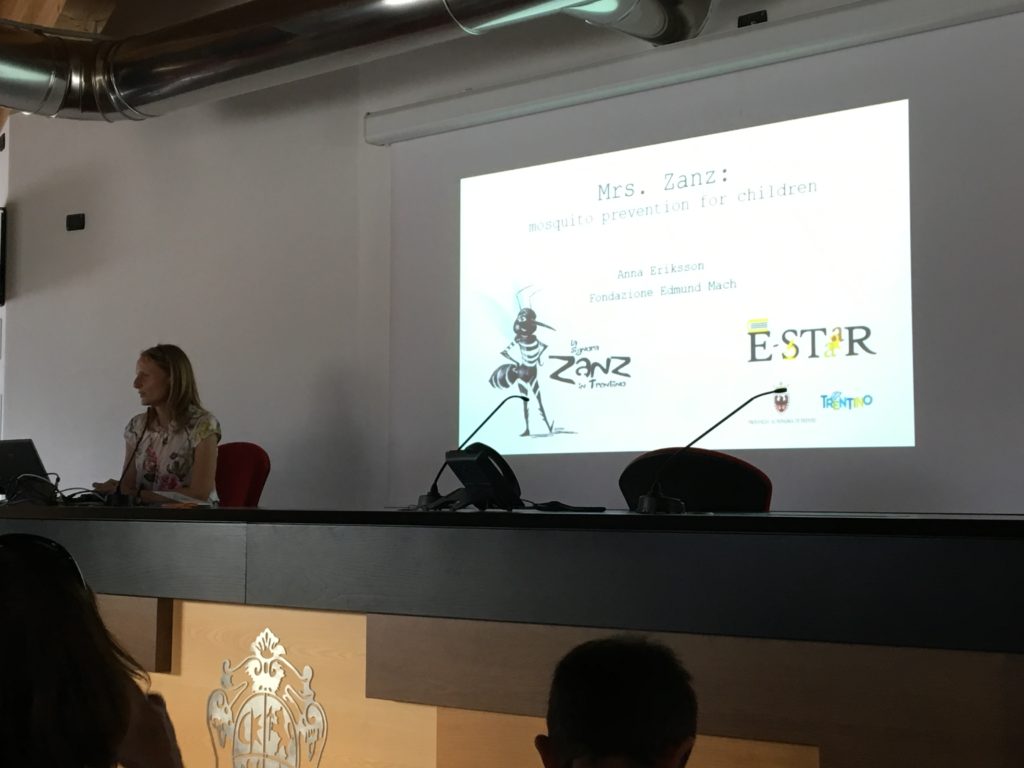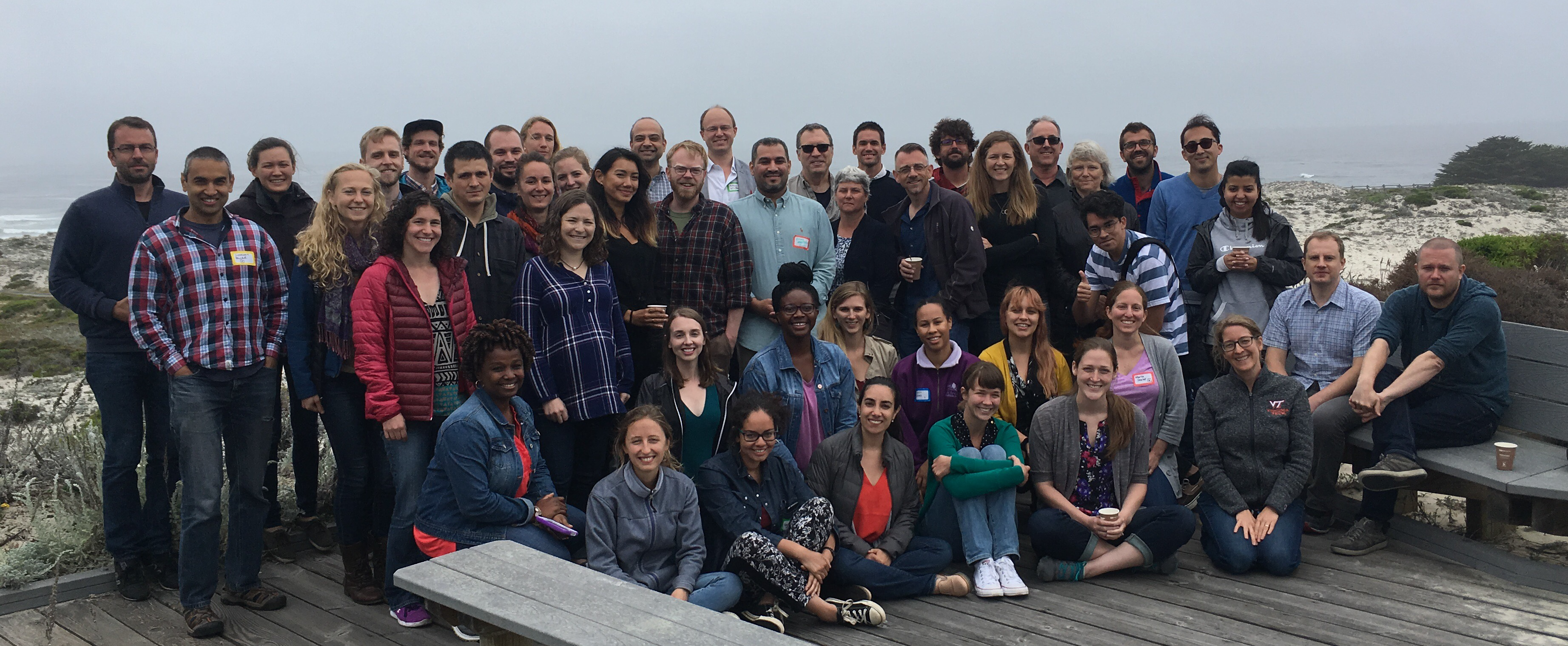We are pleased to announce funding for research exchanges for those working on behavioral and ecological aspects of vector borne diseases. The aim of these awards is to allow VectorBiTE network members the opportunity to spend time working intensively away from their home institutions, within a group with complementary expertise, to pursue VBiTE related research.
In the spirit of the RCN, example exchanges could include learning about a different vector system, exchange between a theoretically and empirically based group, or a gathering of researchers to identify data standards or consolidate data for use. Exchanges must be completed before December 15, 2022.
To apply please send your CV, Letter of support from host, a <2000 word description of the research, requirement for exchange (why can’t you do this virtually?), timeline and specific activities associated with the exchange, and a budget.
The total budget should be no more than $5,000 USD and can cover economy travel, lodging, and subsistence. Due to the nature of the funding we can only support travel for US-based persons (of any nationality), usually to travel within the United States, although in some cases we may be able to fund limited international travel.
Please send application materials to ve***********@gm***.com . Applications for funding are rolling and will be reviewed as they come in. The last review will take place in November 2022, if funds are still available. Note that the total number of awards will be based on funding availability and demand, so we recommend applying early.















